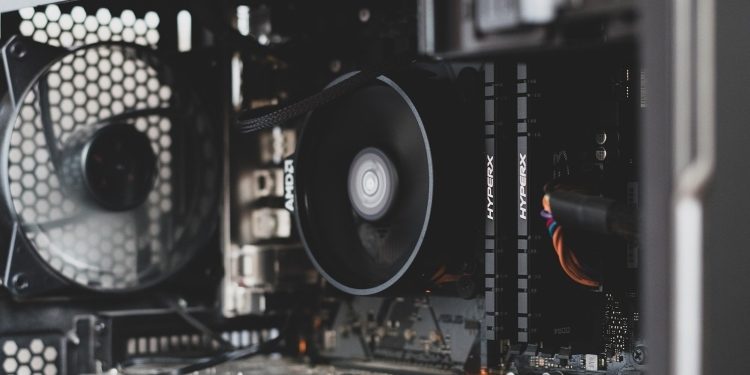Overclocking stands as a tantalizing endeavor, promising to extract every ounce of performance from a CPU. At its core, overclocking involves pushing a processor beyond its factory-set specifications to achieve higher clock speeds, thus enhancing overall system performance. For those seeking an extra edge in their computing experience, overclocking is a tempting proposition, especially when considering the potential performance gains it can offer compared to simply searching for a computer CPU for sale. Whether you’re a seasoned overclocking veteran or a newcomer looking to optimize your system, understanding the ins and outs of this practice is crucial.
Overclocking isn’t merely about tweaking settings; it’s about pushing the boundaries of what your hardware can achieve. It’s akin to unlocking the hidden potential of your CPU, transforming it from a standard component to a powerhouse of performance. However, this pursuit of power isn’t without its risks. Overclocking can lead to increased heat generation and instability, potentially shortening the lifespan of your CPU if not done properly. Therefore, before embarking on this journey, it’s essential to weigh the benefits against the risks.
Benefits and Risks of CPU Overclocking
The allure of overclocking lies in its promise of enhanced performance without the need for costly hardware upgrades. By overclocking your CPU, you can experience faster processing speeds, smoother multitasking, and improved gaming performance. This can be especially appealing for users looking to breathe new life into older systems or squeeze every last drop of power from high-end rigs. However, it’s important to tread carefully, as overclocking also comes with inherent risks.
Increased heat generation is perhaps the most significant risk associated with overclocking. As your CPU operates at higher clock speeds, it generates more heat, which can lead to thermal throttling and stability issues if not adequately managed. Moreover, overclocking can void warranties and, if done incorrectly, may even cause permanent damage to your hardware. Therefore, it’s crucial to approach overclocking with caution and implement proper cooling solutions to mitigate these risks.
How to Overclock Your CPU
Before you embark on the exhilarating journey of overclocking your CPU, it’s crucial to arm yourself with knowledge and preparation. Here’s a step-by-step guide to help you unleash the full potential of your processor:
- Understand Your CPU: Familiarize yourself with your CPU’s specifications, including base clock speed, thermal limits, and voltage requirements.
- Check System Compatibility: Ensure that your motherboard and cooling system can handle increased power demands before overclocking.
- Access BIOS or UEFI: Enter your system’s BIOS or UEFI firmware to access overclocking settings.
- Adjust CPU Settings: Tweak parameters such as the CPU multiplier, base clock frequency, and voltage levels.
- Proceed Cautiously: Make incremental changes and test for stability after each adjustment to avoid system crashes or overheating.
- Utilize Stress Testing: Use stress-testing tools to ensure that your system can handle the increased workload reliably.
Armed with this knowledge and guidance, you’re ready to embark on the thrilling journey of overclocking your CPU. Remember to proceed with caution, monitor your system closely, and enjoy the exhilarating boost in performance.
CPU Monitoring and Safety Measures
Once you’ve overclocked your CPU, ongoing monitoring is essential to ensure system stability and prevent overheating. Use software utilities to monitor temperatures, voltages, and clock speeds in real-time, allowing you to identify any potential issues before they escalate. Additionally, consider investing in high-quality cooling solutions, such as aftermarket CPU coolers and case fans, to maintain optimal operating temperatures.
In conclusion, overclocking can be a rewarding endeavor for those seeking to maximize the performance of their CPU. By understanding the benefits and risks involved, implementing proper cooling solutions, and following safe overclocking practices, you can unleash the full potential of your hardware. Remember, reputable suppliers like Starla offer a range of IT and electronic components to support your overclocking endeavors. So, embark on your overclocking journey with caution, and enjoy the exhilarating boost in CPU performance.
David Prior
David Prior is the editor of Today News, responsible for the overall editorial strategy. He is an NCTJ-qualified journalist with over 20 years’ experience, and is also editor of the award-winning hyperlocal news title Altrincham Today. His LinkedIn profile is here.













































































